Table of Contents
Parking Brake See Owners Manual – A Diagnostic Case Study (Mercedes-Benz S-Class W221)
When the “Parking Brake See Owner’s Manual” warning appears on your Mercedes-Benz S-Class W221, it can be confusing and concerning.
This message indicates a malfunction in the electronic parking brake system (EPB) a feature designed to automatically engage and release the brake for enhanced safety and convenience.
In this case study, we’ll walk through a real-world diagnostic process where a Mercedes-Benz S-Class W221 displayed this warning.
Despite being one of the most technologically advanced luxury sedans, even the W221 can develop electronic faults requiring detailed diagnosis.
For a complete overview of Mercedes brake related systems, including ABS, ESP, and Brake Assist integration, see our Mercedes Brake System Problems: ABS, ESP & Brake Assist Guide.
Vehicle Overview
The Mercedes-Benz S-Class W221, produced between 2005 and 2013, features an Electronic Parking Brake (EPB) that automatically engages when the vehicle is parked and releases when driving.
The system operates through electric motors, control modules, and sensor feedback, replacing the traditional hand lever or foot pedal with a switch operated system for convenience and safety.

Customer Complaint
The owner reported a persistent warning message on the instrument cluster:
“Parking Brake See Owner’s Manual.”
Attempts to activate or release the parking brake failed no motor response, no noise from the actuator, and the system appeared completely unresponsive.
This raised safety concerns, especially when parking on inclines or slippery surfaces.

Diagnosis: Step-by-Step Troubleshooting
The Mercedes technician followed a structured diagnostic procedure to isolate the fault.
Step 1: Initial Testing and Short Test
A short test was performed using XENTRY Diagnosis, confirming the warning message but showing no stored fault codes directly related to the EPB.
This indicated the issue was likely in signal transmission or control logic, rather than a simple sensor error.

Step 2: Parking Brake Control Unit Inspection
Attention turned to the Electronic Parking Brake Control Unit responsible for controlling the motor actuators at the rear wheels.
Despite communication being active, no actuation commands were reaching the motors.
No overcurrent or actuator jam faults were recorded, suggesting an internal electronic malfunction in the control unit.

Step 3: Mechanical Component Check
Technicians visually inspected the rear caliper parking brake mechanisms and linkages.
All mechanical parts were in good condition, and both actuators rotated freely when powered manually confirming that the issue was not mechanical.

Step 4: Voltage and Wiring Integrity Test
A voltage test was performed on the control harness and parking brake switch:
- – Proper voltage supply was present.
- – No open circuits, short circuits, or corrosion detected at connectors.
This ruled out a wiring or power delivery issue and strengthened suspicion of an internal control unit fault.
Step 5: Advanced Diagnostics
The XENTRY system was used to trigger actuator commands.
Despite correct inputs from the parking brake switch, no activation occurred.
The absence of actuator response and fault codes pointed to an internal electronic failure in the parking brake control module a known weak point in certain W221 models.
Root Cause & Repair
After eliminating all other possibilities, the Parking Brake Control Unit was identified as the defective component.
It was replaced with a new OEM unit, and the system was reinitialized using Mercedes STAR/XENTRY to ensure proper calibration.

Post-replacement verification:
- – “Parking Brake See Owner’s Manual” warning disappeared.
- – Parking brake applied and released smoothly via switch.
- – No fault codes stored in the EPB or ESP system.
Result: Full brake system functionality restored and vehicle safety ensured.

Technical Insight: Understanding the Parking Brake System
The parking brake, also known as the emergency brake or handbrake, is a critical part of the braking system.
In modern Mercedes vehicles like the W221, it has evolved into an Electronic Parking Brake (EPB) system.
Main Components:
| Component | Function |
|---|---|
| Parking Brake Switch | Activates or releases the EPB system. |
| EPB Control Unit | Processes commands and actuates motors at the rear brakes. |
| Actuators / Motors | Apply or release parking brake pads on the rear calipers. |
| Sensors | Monitor engagement and report feedback to the ECU. |
Common Causes of “Parking Brake See Owner’s Manual” Warning
| Possible Cause | Description | Fix |
|---|---|---|
| Faulty EPB Control Unit | Internal failure or loss of communication | Replace and reprogram |
| Damaged Actuator Motor | Worn or jammed rear caliper actuator | Replace actuator |
| Low Voltage | Weak battery or unstable power supply | Test battery and alternator |
| Corroded Connectors | Moisture or oxidation in EPB wiring | Clean or replace connectors |
| Software Malfunction | Fault in control logic | Reinitialize with XENTRY |
How to Release Parking Brake Manually (W221)
Depending on your W221’s configuration:
1. Foot-Operated Mechanical Parking Brake
- – Press the foot pedal to engage.
- – Pull the release handle under the dashboard to disengage.
2. Electronic Parking Brake (EPB)
- – Turn ignition ON.
- – Pull the parking brake switch to engage.
- – Push the switch to release.
If the system fails, it can be released manually by:
- – Using diagnostic actuation via XENTRY.
- – In emergencies, mechanically releasing the actuator on the rear caliper (workshop only).
Safety Note
Never drive with the “Parking Brake See Owner’s Manual” message active.
The system may not engage properly, putting your vehicle at risk of rolling when parked on slopes.
Always address electronic brake issues immediately through professional diagnosis.
Preventive Maintenance Tips
- – Keep battery voltage stable; low voltage is a common cause of EPB malfunction.
- – Avoid prolonged parking with brakes engaged in humid conditions.
- – Inspect wiring harness and connectors annually.
- – Perform software updates during scheduled service intervals.
- – Use OEM parts for all EPB replacements to ensure proper calibration.
FAQs: Parking Brake See Owners Manual
Q1: What causes the “Parking Brake See Owner’s Manual” warning in Mercedes vehicles?
A failure in the Electronic Parking Brake Control Unit or actuator motor is the most common cause.
Q2: Can I drive with this warning on?
You can drive, but the parking brake may not engage, posing a risk when parked on inclines. Prompt repair is strongly recommended.
Q3: How is the problem diagnosed?
Through a short test, voltage checks, and communication verification between the EPB module and XENTRY diagnostic tool.
Q4: Do I need to reprogram the new control unit?
Yes. The new EPB control unit must be adapted and coded using Mercedes diagnostic software for proper functionality.
Conclusion
This case study on the Mercedes-Benz S-Class W221 demonstrates the value of systematic diagnosis in resolving complex electronic faults.
The issue a “Parking Brake See Owner’s Manual” warning was ultimately traced to a faulty control unit, resolved through replacement and calibration.
If your Mercedes displays this warning, do not ignore it.
It indicates a possible failure in the electronic parking brake system, which could prevent the brake from engaging securely.
For complete insights into how parking, ABS, and ESP systems interconnect in modern Mercedes vehicles, explore our Mercedes Brake System Problems: ABS, ESP & Brake Assist Guide.
Author Bio
Mercedes Expert is an automotive technical trainer and Mercedes-Benz diagnostics expert with extensive hands-on experience in XENTRY, DTS Monaco, and advanced system troubleshooting. He specializes in transforming real workshop case studies into structured learning content to help technicians, car owners, and enthusiasts understand complex vehicle systems.
Last update: October 2025

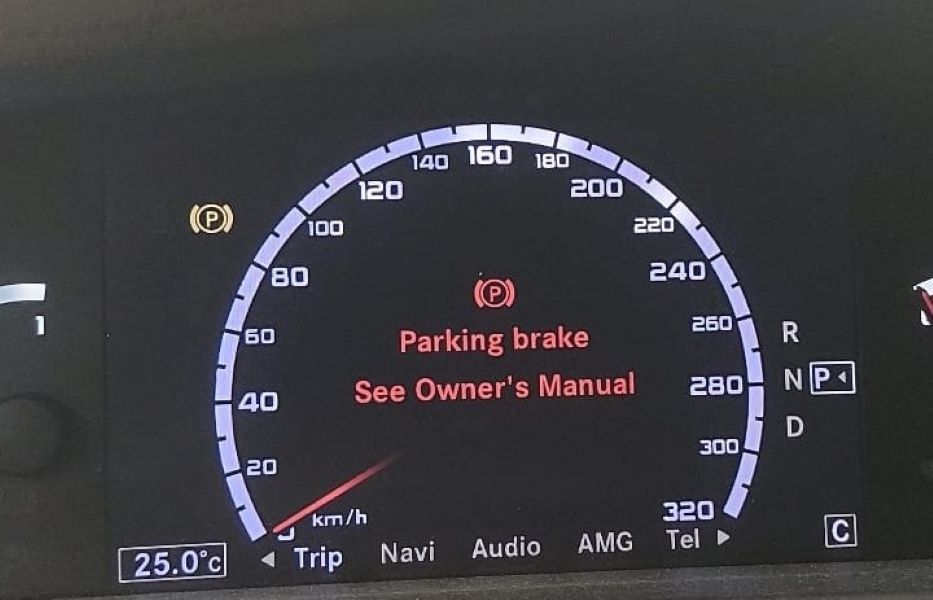
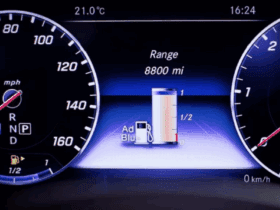
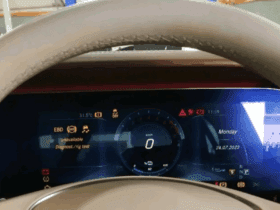
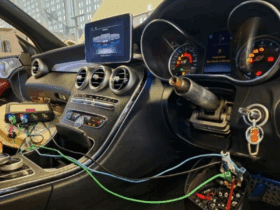
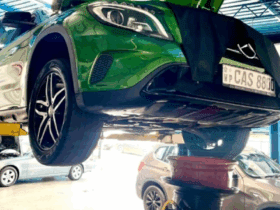
Leave a Reply